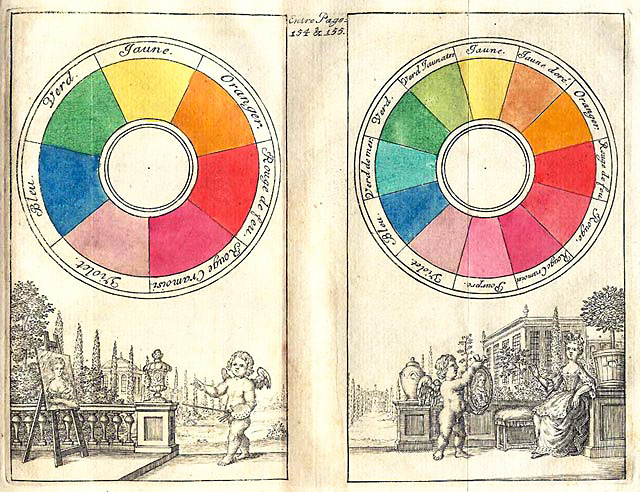Analogous colors on:
[Wikipedia]
[Google]
[Amazon]
Analogous colors are groups of colors that are next to each other on the color wheel. Red, orange, and red-orange are examples.
The term ''analogous'' refers to having analogy, or corresponding to something in particular. This color scheme strength comes to the fact that it lacks contrast as in comparison to its counterpart, the complementary schemes.


Application
These color schemes are most often seen in nature. For example, during the fall, one might often see the changing leaves form an analogous sort of color scheme, progressively moving through the color wheel to create a gradient in its natural pattern.High-key analogous
High-key color schemes have a lighter value, having white added to them or water in the case of watercolors. These have a more pastel-like look to them. Having a high-key analogous color scheme can give a piece a stimulating shimmer that pleases the eye, making everything seem the same color at first until approach. The colors are pure and aren't affected by their complements which grab attention. This was commonly used in impressionism by artists such asMonet
Oscar-Claude Monet (, , ; 14 November 1840 – 5 December 1926) was a French painter and founder of impressionist painting who is seen as a key precursor to modernism, especially in his attempts to paint nature as he perceived it. During ...
, Pissarro
Jacob Abraham Camille Pissarro ( , ; 10 July 1830 – 13 November 1903) was a Danish-French Impressionist and Neo-Impressionist painter born on the island of St Thomas (now in the US Virgin Islands, but then in the Danish West Indies). H ...
, and Degas
Edgar Degas (, ; born Hilaire-Germain-Edgar De Gas, ; 19 July 183427 September 1917) was a French Impressionist artist famous for his pastel drawings and oil paintings.
Degas also produced bronze sculptures, prints and drawings. Degas is espec ...
. Pierre Bonnard has also been noted for using it.
Footnotes
References
* * * * * * * {{Color topics Color